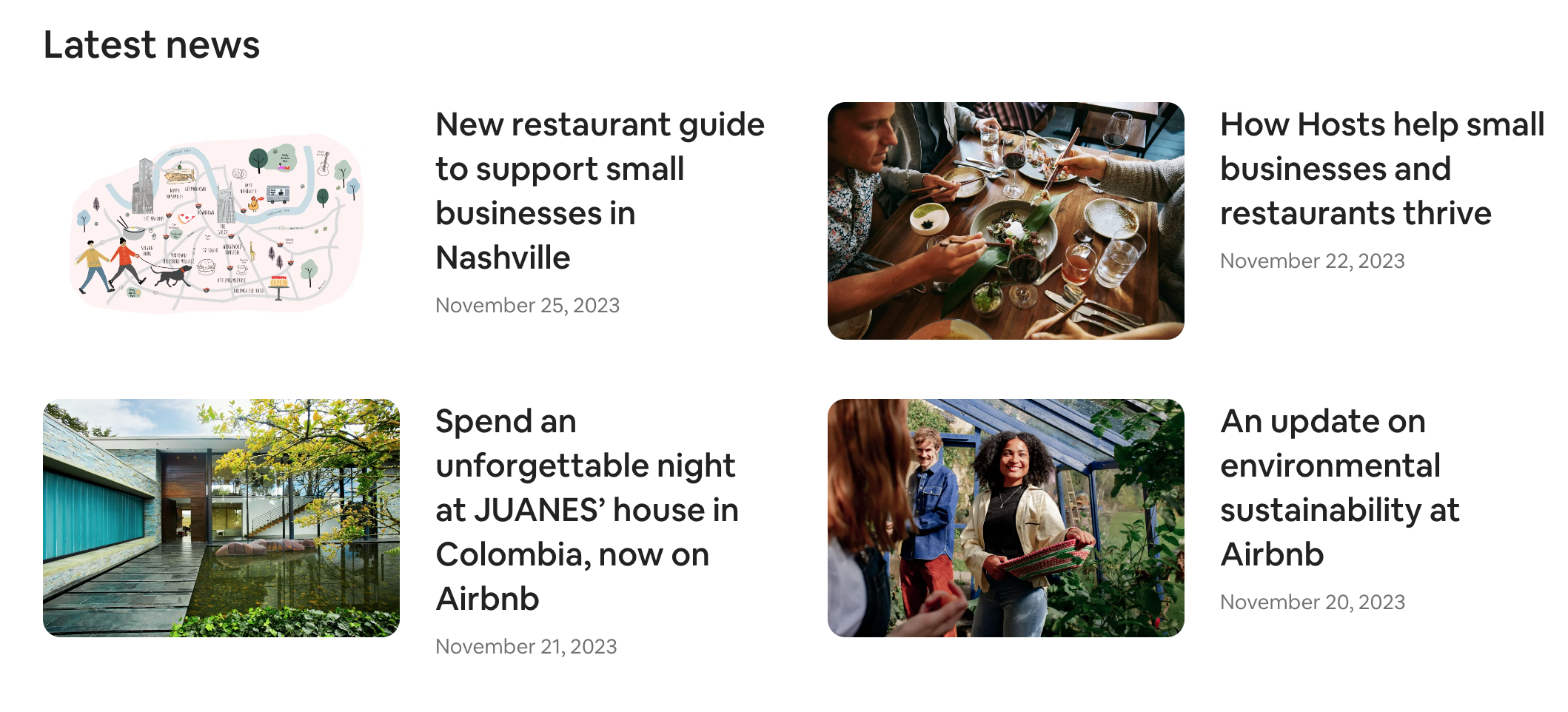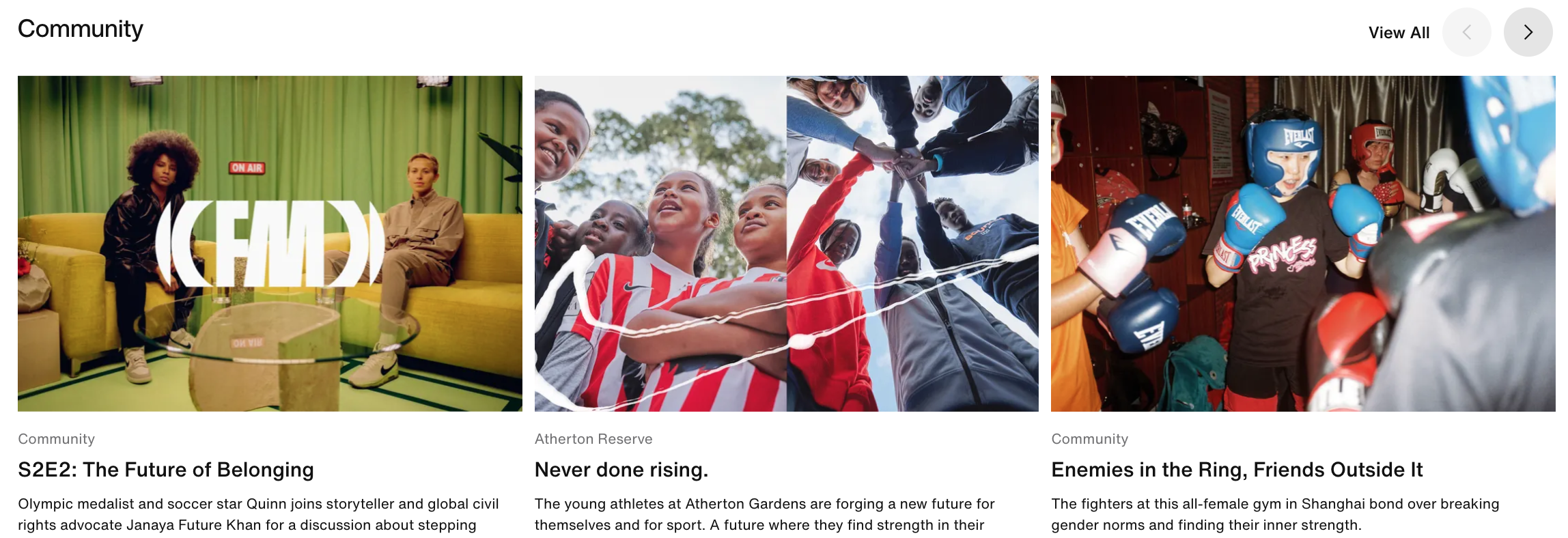Exploring the Power of Inbound Marketing
Inbound marketing excels as a key strategy by attracting customers to your brand instead of chasing them.
This approach focuses on producing and sharing content that is engaging, and relevant, and solves the real problems of potential customers. Today we’ll delve into the strategies of inbound marketing.
Inbound vs. Outbound Marketing
In the current business landscape, a combination of inbound and outbound marketing strategies is commonly adopted. However, inbound marketing is increasingly preferred due to its cost-efficiency and effectiveness in generating leads. Let’s take a look at this comparison:
Inbound marketing effectively engages specific demographics through digital channels like blogs, eBooks, SEO, and social media, focusing on delivering educational and entertaining content. It stands out for personalizing content to increase relevance and engagement. This strategy is more cost-effective than traditional marketing, offering a higher ROI, and making it an attractive option for budget-conscious businesses.
Outbound Marketing employs traditional media like billboards, TV commercials, radio ads, and print advertisements to reach a broad audience. This approach is costlier and less targeted than inbound marketing, focusing on general appeal rather than precision targeting. Outbound tactics are direct and sometimes interruptive, designed to capture attention in environments where the audience might not be actively seeking products or services, such as during TV commercial breaks or on large billboards in busy areas.
While both inbound and outbound marketing have their distinct advantages and applications, the shift towards digitalization and the need for more cost-effective, targeted, and engaging marketing methods have led to a growing preference for inbound strategies among modern businesses.
Developing an Effective Inbound Marketing Strategy
Implementing an inbound marketing strategy effectively involves three key actions: attracting, engaging, and delighting your audience with diverse content that converts leads. Social media and email campaigns are particularly potent in this strategy.
- Content Promotion: Organic content often requires time to gain traction. Utilizing social media for content promotion enables you to target specific campaigns to niche audiences, increasing the likelihood of conversion.
- Community Engagement: Platforms like Twitter and TikTok are ideal for fostering a social media community. Engage your audience with timely posts and visually compelling videos.
- Performance Monitoring and Refinement: Leverage paid advertising and analytics to gauge the effectiveness of your campaigns. Identify and improve underperforming elements, whether it’s the visuals, content structure, or messaging.
- Boosting Brand Awareness and Return on Investment: If you haven’t already, it’s crucial to develop or refine your social media strategy to enhance brand visibility and optimize your return on investment.
Examples of Inbound Marketing
Here’s a look at some examples from other brands that you can gain inspiration from.
Airbnb
Known for its personalized customer experiences, Airbnb leverages user-generated content and storytelling in their blogs and social media. They share stories from hosts and travelers, creating a sense of community and inspiring others to engage with their platform.

Nike
Nike uses inbound marketing by creating inspirational content that resonates with their audience’s lifestyle and aspirations. Their marketing campaigns often feature storytelling that goes beyond just selling a product, focusing on the emotional and motivational aspects of sports and fitness.

Final Thoughts
Inbound marketing isn’t just a tactic; it’s a vital component of modern marketing strategies, building trust and value with your audience. At Onimod Global, we specialize in aligning content strategies with tangible business outcomes. Based in Chicago with clients across the globe, our in-house team offers expert knowledge across various marketing verticals, ensuring excellence in customer service and up-to-date digital marketing knowledge.
If you want to enhance your online strategy and need expert guidance, reach out to Onimod Global. We’re here to help you navigate the digital marketing landscape with ease.

